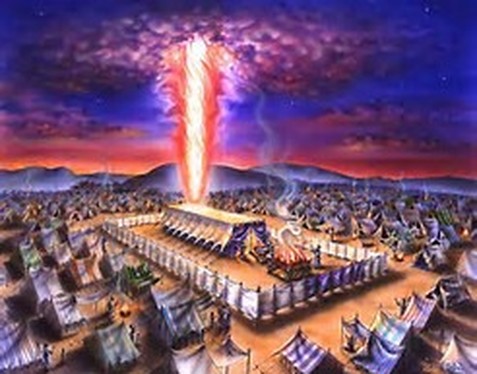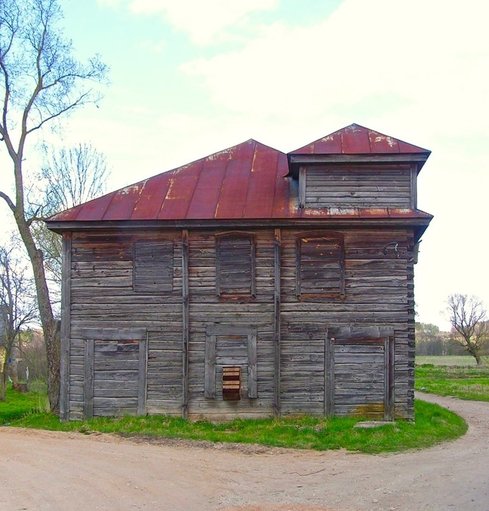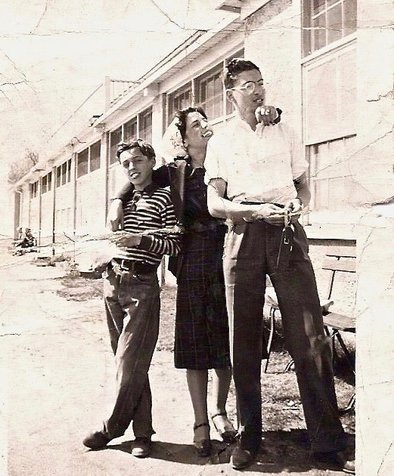Dreaming of Home
We want so much to be in
that place
where we are respected
and cherished,
protected, acknowledged,
nurtured, encouraged,
heard.
And seen, seen
in all our loveliness,
in all our fragile strength.
And safe, safe in all our
trembling
vulnerability. Where we
are known
and safe, safe and known --
is it possible?
Merle Feld
We want so much to be in
that place
where we are respected
and cherished,
protected, acknowledged,
nurtured, encouraged,
heard.
And seen, seen
in all our loveliness,
in all our fragile strength.
And safe, safe in all our
trembling
vulnerability. Where we
are known
and safe, safe and known --
is it possible?
Merle Feld
*
So here’s what I’m thinking.
I’ll buy a remote island
(you’d be surprised how many remote islands are for sale)
and I’ll pack up my husband,
our son and daughters and their spouses,
their partners,
along with our grandsons and granddaughters
and their significant others
and we’ll all move to that remote island
where nothing scary can find us
and there we’ll be safe.
Of course, living so close to the water
we’d have to remain alert for riptides and tsunamis,
sharks, too,
though the odds of being eaten by a shark
are roughly 1 in 264 million
so maybe I can cross that particular worry off my list.
Yes. We’ll move to the island and there we will be safe.
Or instead of the island,
it might be more effective to lock my family in their houses.
But first, I’ll hide all sharp objects
and toss out packaged or canned food
with expired use-by dates.
I’ll sweep bird’s nests from chimneys,
install new batteries in carbon monoxide detectors,
fill fire extinguishers,
put pain meds on the highest shelves
and make sure everyone knows the Heimlich Maneuver
which, over the years, has saved an estimated 50,000 lives in the U.S.
so maybe I can cross choking-on-a-chicken-bone off my worry list, too.
Finally, I’ll hide all car keys,
remove spark plugs from motorcycles,
and de-activate garage door openers.
Yes. if they never leave their houses, my family will be safe
Bull shit.
Ah, my babies.
You're on a journey.
And even if I cocoon you in layers of bubble wrap
like Bubbie’s china,
I know your fragile hearts will be broken along the way,
your very souls will not be protected from harm.
If I cradle you in soft straw like Zayda’s etrog,
you will still be bruised.
So, here’s what I’m thinking.
We will not move to a remote island
or lock ourselves in our houses.
We will continue this journey together.
You, guided by maps totally unfamiliar to me.
Me, wearing amulets and red strings,
listening for sirens,
afraid the phone will ring,
praying you be saved from hidden snares,
that angels carry you in their palms,
wanting nothing more than for you to remain safe.
Is it possible?
copyright 2017 Ozzie Nogg
So here’s what I’m thinking.
I’ll buy a remote island
(you’d be surprised how many remote islands are for sale)
and I’ll pack up my husband,
our son and daughters and their spouses,
their partners,
along with our grandsons and granddaughters
and their significant others
and we’ll all move to that remote island
where nothing scary can find us
and there we’ll be safe.
Of course, living so close to the water
we’d have to remain alert for riptides and tsunamis,
sharks, too,
though the odds of being eaten by a shark
are roughly 1 in 264 million
so maybe I can cross that particular worry off my list.
Yes. We’ll move to the island and there we will be safe.
Or instead of the island,
it might be more effective to lock my family in their houses.
But first, I’ll hide all sharp objects
and toss out packaged or canned food
with expired use-by dates.
I’ll sweep bird’s nests from chimneys,
install new batteries in carbon monoxide detectors,
fill fire extinguishers,
put pain meds on the highest shelves
and make sure everyone knows the Heimlich Maneuver
which, over the years, has saved an estimated 50,000 lives in the U.S.
so maybe I can cross choking-on-a-chicken-bone off my worry list, too.
Finally, I’ll hide all car keys,
remove spark plugs from motorcycles,
and de-activate garage door openers.
Yes. if they never leave their houses, my family will be safe
Bull shit.
Ah, my babies.
You're on a journey.
And even if I cocoon you in layers of bubble wrap
like Bubbie’s china,
I know your fragile hearts will be broken along the way,
your very souls will not be protected from harm.
If I cradle you in soft straw like Zayda’s etrog,
you will still be bruised.
So, here’s what I’m thinking.
We will not move to a remote island
or lock ourselves in our houses.
We will continue this journey together.
You, guided by maps totally unfamiliar to me.
Me, wearing amulets and red strings,
listening for sirens,
afraid the phone will ring,
praying you be saved from hidden snares,
that angels carry you in their palms,
wanting nothing more than for you to remain safe.
Is it possible?
copyright 2017 Ozzie Nogg






 RSS Feed
RSS Feed
